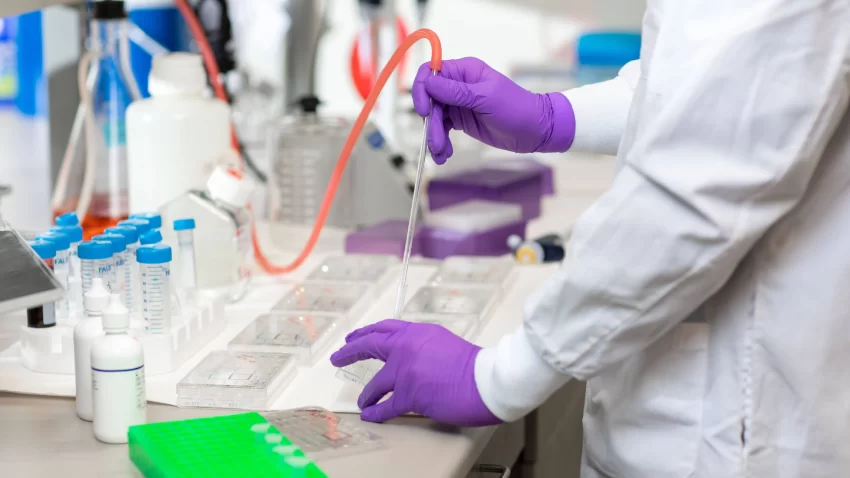Regenerative medicine, a groundbreaking field in modern healthcare, is revolutionizing how we approach chronic diseases, injuries, and degenerative conditions. With its ability to harness the body’s natural repair mechanisms, regenerative medicine offers hope where traditional treatments often fall short. From tissue engineering to stem cell therapy, these cutting-edge techniques are bridging the gap between laboratory research and real-world clinical applications.
Understanding Regenerative Medicine
At its core, regenerative medicine focuses on replacing or regenerating human cells, tissues, and organs to restore normal function. Unlike conventional therapies that manage symptoms, regenerative medicine aims to address the root cause of damage by facilitating the repair of injured tissues or organs. Techniques such as stem cell therapy, platelet-rich plasma (PRP) therapy, and bioengineered tissue scaffolds play pivotal roles in this process.
The Science Behind the Procedures
One of the cornerstones of regenerative medicine is stem cell therapy. Stem cells, often derived from bone marrow, adipose tissue, or umbilical cords, possess the remarkable ability to differentiate into specialized cell types. These cells can regenerate damaged tissues, whether it’s repairing a torn ligament or reversing damage in heart tissue after a myocardial infarction.
PRP therapy, another promising approach, involves isolating and concentrating platelets from a patient’s blood. These platelets, rich in growth factors, are re-injected into the affected area to promote healing. This technique is commonly used for sports injuries, arthritis, and post-surgical recovery.
Clinical Benefits and Applications
The clinical benefits of regenerative medicine are vast and growing. Patients suffering from osteoarthritis, for instance, have found relief through stem cell injections, which can reduce pain and improve joint function without invasive surgeries. Similarly, burn victims and individuals with chronic wounds benefit from bioengineered skin grafts that promote faster healing and reduce scarring.
Neurological conditions such as Parkinson’s disease and spinal cord injuries are also at the forefront of regenerative medicine research. Stem cell therapies have shown potential to regenerate damaged neural pathways, offering hope for improved mobility and cognitive function.
Cardiovascular treatments are another promising avenue. Stem cell therapies are being developed to repair heart tissue, a game-changer for patients recovering from heart attacks or dealing with chronic heart failure.
Bridging the Gap Between Research and Reality
Despite the transformative potential, regenerative medicine is still evolving. Extensive clinical trials and research are critical to ensuring the safety and efficacy of these treatments. Moreover, the regulatory landscape must balance innovation with rigorous standards to bring therapies from lab to life.
For those seeking more detailed information about the latest advancements in regenerative medicine, including cutting-edge procedures like PRP and stem cell therapy, Regen Labs provides an excellent resource. Their comprehensive insights guide both patients and practitioners toward informed decisions about treatment options.
A Glimpse into the Future
As technology and research continue to advance, regenerative medicine is poised to redefine healthcare. By shifting the focus from treating symptoms to repairing the underlying damage, this field is opening doors to better outcomes and improved quality of life for countless patients. From lab experiments to clinical success stories, regenerative medicine is paving the way for a healthier future, one breakthrough at a time.
